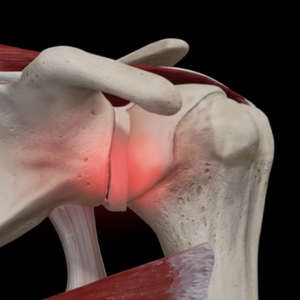
High mobility of the shoulder joint renders it prone to dislocation, this is when the arm bone (‘humerus’) loses contact with shoulder blade ‘scapula’. This can occur due to a sports injury, an accident, or due to muscle imbalance. Your surgeon will give you pain relief and perform immediate closed reduction, following which a short period of immobilization will be recommended.
However, dislocation of the shoulder joint causes tears in the soft tissue structure inside the shoulder ‘labrum’ (labral tear or Bankart lesion), it can also cause a fracture in the glenoid (Bony Bankart), or compression in humerus bone (Hill Sachs lesion). This damage can cause recurrent dislocation or instability. The damage can happen in front of or behind the joint (anterior labral tear or posterior labral tear). Less commonly, it may be associated with a tear in the ligaments on the humeral side (Humeral avulsion of Glenohumeral Ligament, HAGL lesion). You will experience pain, a popping sensation, or frank dislocation in the joint. If left untreated it can lead to arthritis at a young age.
You will be advised physical therapy by our expert physiotherapist, and this can improve the symptoms in majority of patients. However, if the dislocations are not controlled by physical therapy, especially in young patients, you will be advised to undergo arthroscopic surgery with soft tissue or bony reconstruction, prior to which you are likely to need advanced imaging in the form of a CT scan or MRI scan.
Shoulder dislocations can occur in elderly patients possibly causing a rotator cuff tear, and this will be treated with non-operative measures initially. If you still feel weakness in the shoulder, your surgeon will advise arthroscopic repair of the torn tendons, preferably within 3 months of the injury.
-
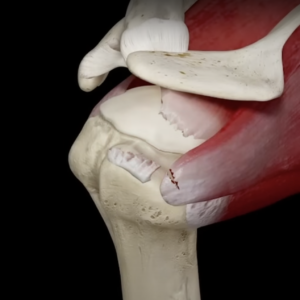
Rotator cuff Tear
-

Shoulder Instability or dislocation or labral tear
-
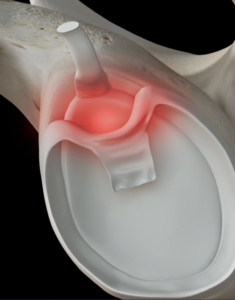
SLAP tear
-
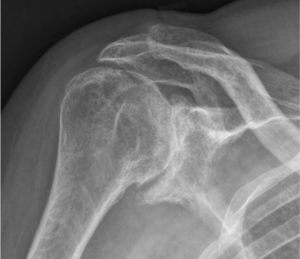
Shoulder arthritis
-

Acromio-clavicular joint arthritis
-
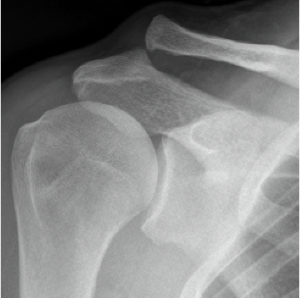
Acromio-clavicular joint dislocation
-
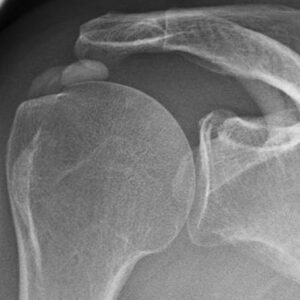
Calcific tendinitis
-

Frozen shoulder
-

Biceps tendonitis or Proximal biceps rupture
-
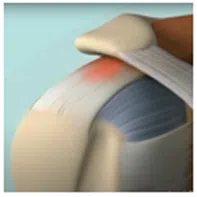
Shoulder Impingement
-

Pectoralis major tendon tear
-
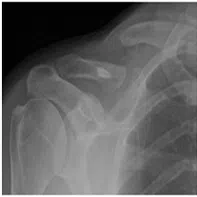
Collarbone (Clavicle) fracture
-
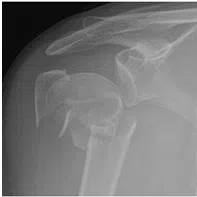
Upper arm bone (Humerus) fracture
-
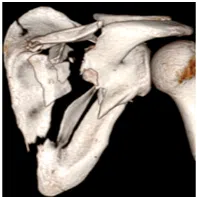
Shoulder blade (Scapula or Glenoid) Fracture
-
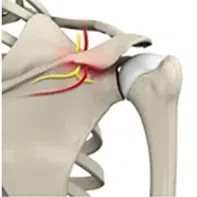
Suprascapular nerve compressive neuropathy or entrapment
-
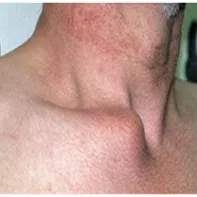
Sterno-clavicular joint instability
-
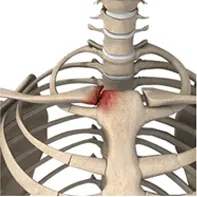
Sterno-clavicular joint arthritis
-
Snapping scapula syndrome
-
Scapula dyskinesis
-
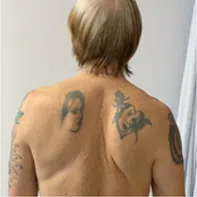
Winged scapula
-
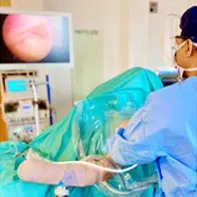
Shoulder arthroscopy
-
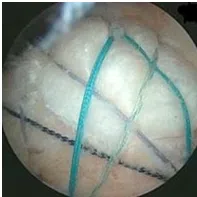
Arthroscopic rotator cuff repair
-
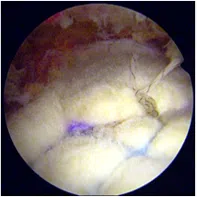
Superior capsular reconstruction
-
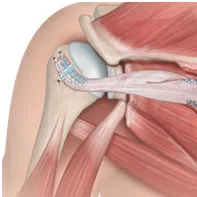
Tendon transfer
-

Biceps tendonitis or Proximal biceps rupture
-
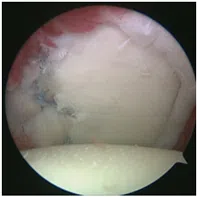
Labral repair – Bankart/ Posterior labral repair
-

Arthroscopic latarjet
-
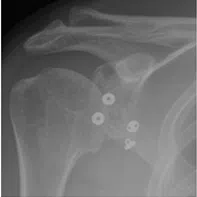
Arthroscopic bone block procedure (anterior/ posterior)
-
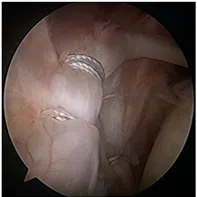
SLAP repair
-
Arthroscopic excision of calcific deposits
-
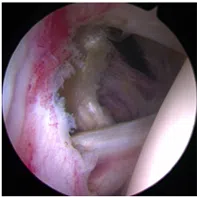
Arthroscopic capsular release
-
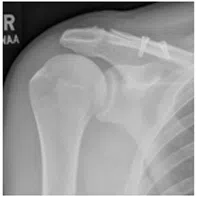
Arthroscopic ACJ repair/ reconstruction
-
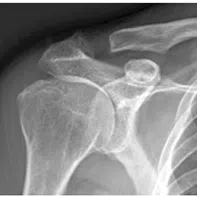
Arthroscopic distal clavicle excision
-
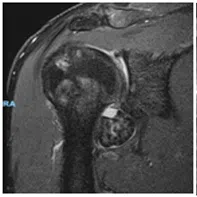
Comprehensive arthroscopic management (CAM)
-
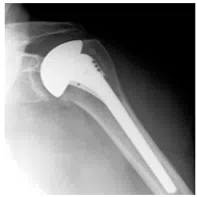
Hemiarthroplasty
-
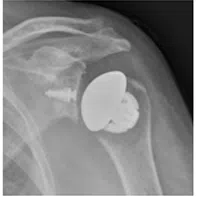
Total anatomic shoulder replacement
-
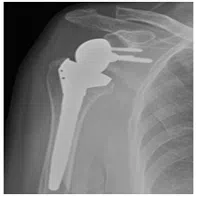
Reverse shoulder replacement
-
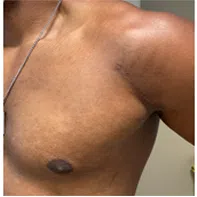
Pectoralis major tendon repair
-
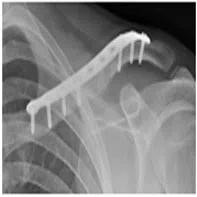
Open reduction internal fixation (ORIF) clavicle
-
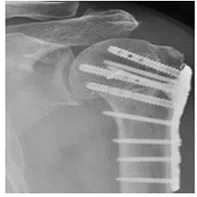
Open reduction internal fixation (ORIF) humerus
-
Arthroscopic supraspinatus nerve decompression
-
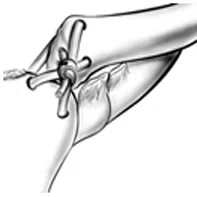
Sterno-clavicular joint procedures (Excision or Reconstruction)
-
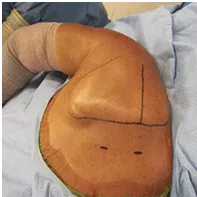
Scapulothoracic arthroscopy
-
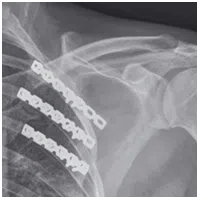
Scapulothoracic fusion
-
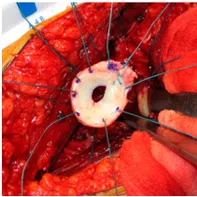
Biologic resurfacing of glenoid
-
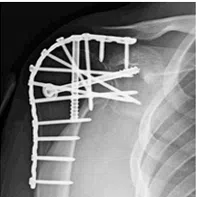
Glenohumeral fusion




